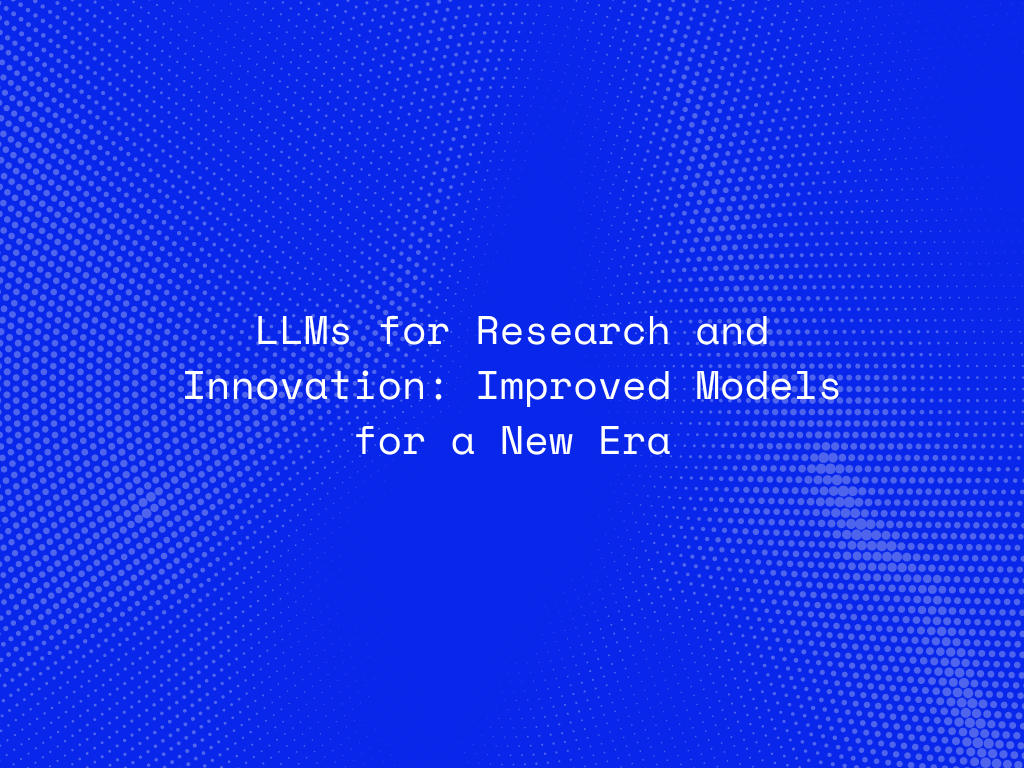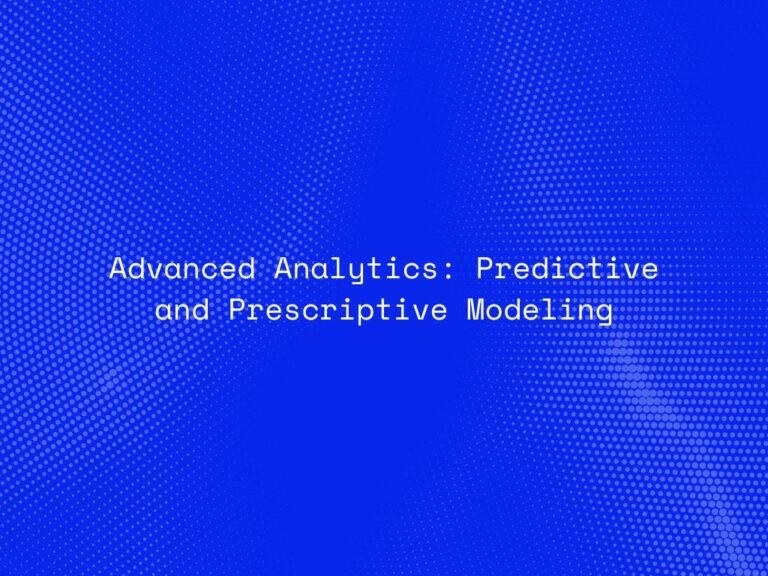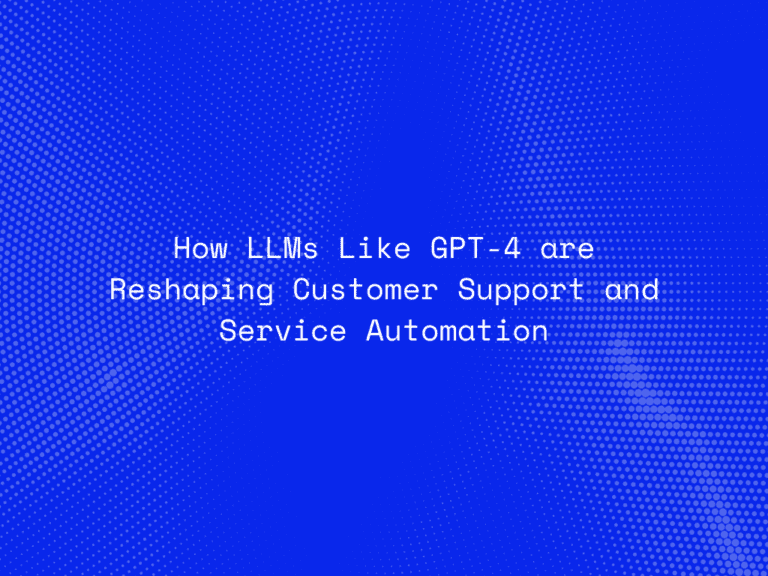Large Language Models (LLMs) have revolutionized the fields of research and innovation, offering unprecedented capabilities in natural language processing, understanding, and generation. As LLMs evolve, they are opening new frontiers across various domains such as scientific discovery, academic research, and technological development. These models are enabling faster breakthroughs, automating complex tasks, and fostering collaboration on a global scale.
In this blog, we’ll explore how improved LLMs are transforming research and innovation, what advancements have led to their current capabilities, and how they are shaping a new era of AI-driven discovery.
The Rise of Large Language Models in Research
Large Language Models, such as OpenAI’s GPT-4 and Google’s BERT, have quickly become essential tools in various research fields. Their ability to process and generate human-like text has enabled researchers to automate literature reviews, generate hypotheses, and even assist in drafting research papers. However, the evolution of these models is marked by a series of critical advancements in both architecture and training methodologies.
LLMs are fundamentally transforming how we approach data analysis, innovation, and the dissemination of knowledge. Below, we outline the key areas where LLMs are proving most impactful.
Connect With Us
Key Advancements in LLMs for Research
The capabilities of LLMs have been supercharged by several advancements that are making them more useful and accessible for research.
1. Pre-training and Fine-Tuning
One of the key innovations in LLM development is the concept of pre-training followed by fine-tuning. LLMs are first pre-trained on vast datasets to develop a general understanding of language. They are then fine-tuned on domain-specific data to optimize them for specific tasks such as scientific research, medical diagnosis, or legal analysis. This allows models to retain general knowledge while excelling in specialized areas.
For example, models like BioBERT (BERT fine-tuned on biomedical text) have become invaluable in the medical and pharmaceutical fields for analyzing research papers and generating new insights from existing data.
2. Scaling Up Data and Compute
The sheer scale of data used to train modern LLMs allows them to absorb more knowledge and generate richer, more nuanced insights. The models are trained on datasets containing billions of words from diverse sources, including scientific journals, research papers, and publicly available data. This enables LLMs to develop a deep understanding of language across domains, including niche areas like quantum computing, neuroscience, and environmental science.
3. Emerging Open-Source Models
The availability of open-source LLMs has democratized access to cutting-edge AI tools. Researchers no longer need massive computational resources to train large models from scratch. Instead, they can leverage open-source models like GPT-Neo or BLOOM for specific research tasks, thereby accelerating innovation across a wider range of institutions.
4. Multilingual Capabilities
LLMs are increasingly capable of handling multiple languages, which is essential for international collaboration and cross-disciplinary research. Multilingual models enable researchers from different parts of the world to contribute and collaborate without language barriers, fostering a global approach to research and innovation.
Applications of LLMs in Research and Innovation
Large Language Models are being used in various research fields, offering solutions to complex problems and improving the efficiency of traditional research methodologies.
1. Automating Literature Reviews
For researchers, conducting a comprehensive literature review can be a time-consuming process. LLMs can rapidly analyze vast amounts of literature, summarize key findings, and even highlight emerging trends or gaps in existing research. This capability allows researchers to stay up-to-date with the latest advancements in their field without being overwhelmed by the sheer volume of new publications.
2. Hypothesis Generation
One of the most exciting applications of LLMs is their ability to assist in hypothesis generation. By analyzing existing research, LLMs can propose new theories or connections between data points that may not be immediately obvious to human researchers. This can lead to novel research directions and accelerate the process of discovery.
For example, in fields like drug discovery, LLMs can analyze chemical compound data and suggest potential new molecules or drug interactions that researchers might not have considered.
3. Data Analysis and Interpretation
LLMs are also proving invaluable in the analysis and interpretation of complex datasets. In scientific research, LLMs can help process and analyze large datasets, such as genomic data or astronomical observations, providing insights that might be difficult for humans to detect due to the data’s size and complexity.
In addition, LLMs can help visualize data, enabling researchers to understand patterns or trends through natural language explanations, which makes the interpretation process more intuitive and accessible.
4. Collaborative Research and Knowledge Sharing
LLMs are enabling better collaboration across research teams by streamlining communication and knowledge sharing. With the ability to automatically translate documents, generate summaries, and extract key insights, LLMs allow research teams to work more efficiently across different disciplines and geographical locations.
Moreover, AI-powered collaboration tools built on LLMs help with idea management, project tracking, and knowledge repositories, ensuring that all team members stay aligned and informed throughout the research process.
5. Accelerating Publication Processes
LLMs can assist researchers in drafting papers, preparing grant applications, and structuring their research findings in a way that is clear and concise. This significantly reduces the time it takes to publish findings, which is crucial in fast-moving fields such as artificial intelligence, biotechnology, and climate science.
For example, tools like Scholarcy use LLMs to automatically summarize academic papers, extract key points, and generate bibliographies, speeding up the writing and review process for researchers.
Connect With Us
Improved LLM Models in Practice: Real-World Examples
LLMs are already being used to great effect in several fields, pushing the boundaries of what’s possible in research and innovation.
1. Biomedical Research
In healthcare and biomedical research, models like BioGPT and BioBERT are being used to analyze clinical trial data, predict disease outbreaks, and assist in drug discovery. These models can scan through large databases of medical research to identify promising new treatments or predict how diseases will evolve.
2. Climate Science
LLMs are aiding climate researchers by synthesizing data from a variety of sources, including satellite imagery, sensor networks, and academic papers. They help identify trends in climate change, predict future climate conditions, and even suggest interventions that could mitigate its effects. This application is helping scientists to better understand global warming and take proactive steps toward sustainability.
3. Legal Research
In the legal industry, LLMs are being used to automate contract analysis, summarize case law, and assist with legal research. This not only reduces the time lawyers spend on labor-intensive tasks but also increases the accuracy of legal interpretations by highlighting relevant precedents or cases that might otherwise be overlooked.
Challenges and Ethical Considerations
While LLMs hold immense promise for research and innovation, they also come with certain challenges and ethical concerns.
1. Bias and Misinformation
LLMs can inadvertently learn biases present in their training data, which can lead to biased research outcomes or the propagation of misinformation. Researchers must ensure that models are trained on diverse and representative datasets to minimize bias and ensure fairness in the results.
2. Data Privacy
In fields like healthcare, where sensitive personal data is used, maintaining data privacy is paramount. LLMs must adhere to strict privacy regulations, such as GDPR, and ensure that they do not compromise the security of sensitive information.
3. Reproducibility
As LLMs become more complex, ensuring the reproducibility of AI-driven research can be challenging. Researchers need to adopt transparent methodologies and ensure that AI-generated insights can be independently verified.
Connect With Us
The Future of LLMs in Research and Innovation
Looking ahead, LLMs will continue to evolve, becoming even more powerful and specialized for research tasks. As models become more efficient, more interpretable, and more accessible, they will enable researchers across the world to push the boundaries of knowledge and innovation.
The ongoing development of multimodal models, which can understand not only text but also images, audio, and video, will further enhance their applicability in diverse fields, ranging from scientific research to artistic creation.
Conclusion
Large Language Models are at the forefront of a new era of research and innovation. By automating complex tasks, generating new hypotheses, and improving collaboration, they are transforming how we approach discovery and knowledge generation. As LLMs continue to improve, they will unlock even greater potential for groundbreaking advancements in science, technology, and beyond.




